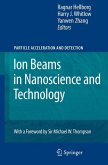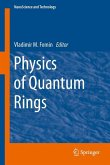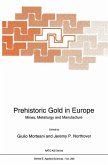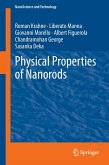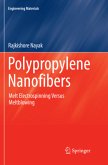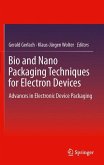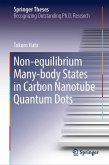With its extreme accuracy and reasonable computational efficiency, the linearized augmented plane wave (LAPW) method has emerged as the standard by which density functional calculations for transition metal and rare-earth containing materials are judged. The second edition of Planewaves, Pseudopotentials and the LAPW Method presents an updated, thorough and self-contained exposition of the first principles methods for calculating properties of solids, in particular the "LAPW" method and will make connections between this method and planewave pseudopotential approaches.
Theory is discussed, but the emphasis is on how practical implementation proceeds. In addition, the author suggests future directions for adapting the LAPW method to simulations of complex materials requiring large unit cells. He does this by elucidating the connections between the LAPW method and planewave pseudopotential approaches and by showing how Car-Parrinello type algorithms can be adapted to the LAPW method.
The new edition contains new sections on developments over the last 10 years, including for example the LDA+U method, non-collinear magnetism and the APW+LO method.
Hinweis: Dieser Artikel kann nur an eine deutsche Lieferadresse ausgeliefert werden.
Theory is discussed, but the emphasis is on how practical implementation proceeds. In addition, the author suggests future directions for adapting the LAPW method to simulations of complex materials requiring large unit cells. He does this by elucidating the connections between the LAPW method and planewave pseudopotential approaches and by showing how Car-Parrinello type algorithms can be adapted to the LAPW method.
The new edition contains new sections on developments over the last 10 years, including for example the LDA+U method, non-collinear magnetism and the APW+LO method.
Hinweis: Dieser Artikel kann nur an eine deutsche Lieferadresse ausgeliefert werden.


